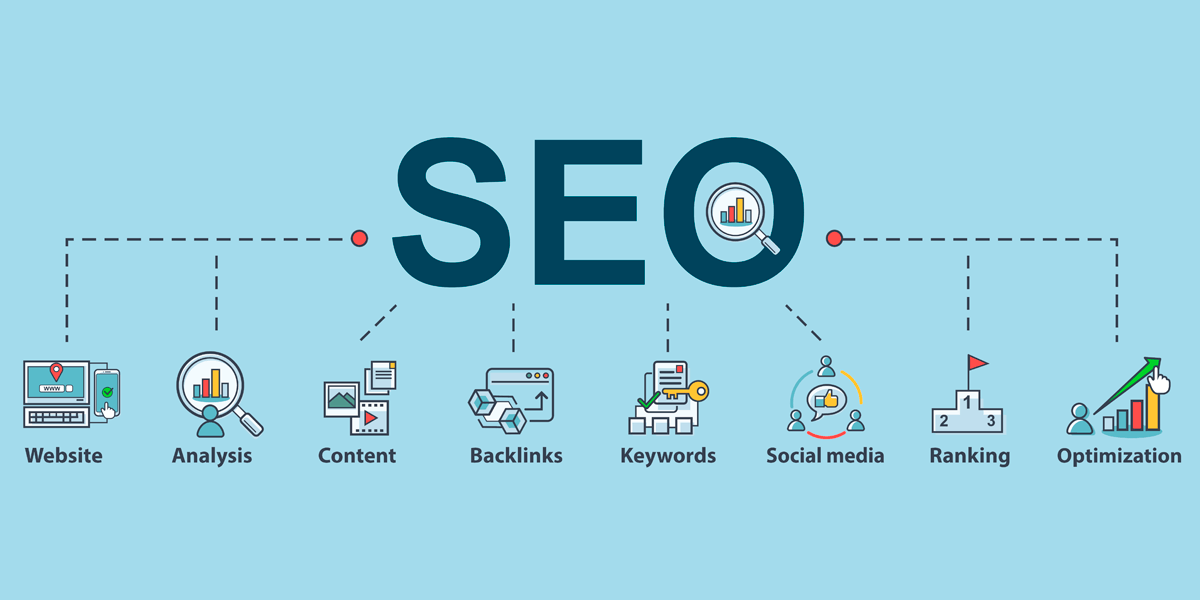Unveiling What Is Not Considered a Default Medium in Google Analytics
Unveiling What Is Not Considered a Default Medium in Google Analytics
Blog Article
Believing Outside package: Leveraging Non-traditional Tools to Maximize Google Analytics Performance
In the world of electronic advertising and marketing, the quest for enhanced Google Analytics performance has come to be a calculated crucial for services looking for to refine their on-line visibility. Typical methods usually drop short in recording the complete spectrum of client interactions and habits. However, by exploring non-traditional tools as methods of information collection, a new world of possibilities emerges. These uncharted areas provide a wealth of untapped insights that can potentially revolutionize the means we understand and optimize our electronic approaches.
Unique Information Sources

CRM systems, as an example, can offer understandings right into individual consumer communications, acquisition background, and choices, which can be integrated with Google Analytics data to create even more customized advertising methods. Social media site systems supply beneficial data on user demographics, rate of interests, and interaction metrics, allowing organizations to evaluate the effectiveness of their social media campaigns and maximize material for much better efficiency. Email advertising data, consisting of open rates, click-through rates, and conversion metrics, can also be leveraged to track user involvement and behavior beyond internet site interactions caught by Google Analytics. By leveraging these distinct information sources, companies can refine their strategies, enhance targeting initiatives, and improve overall Google Analytics efficiency.
Social Network Insights

Furthermore, social networks analytics tools make it possible for services to track essential efficiency indicators, monitor project effectiveness, and gauge the impact of their on the internet activities. Understanding the demographics of fans, recognizing prominent material motifs, and examining engagement levels can help organizations tailor their advertising and marketing techniques for better outcomes.
Offline Marketing Combination
Integrating offline advertising and marketing methods with electronic analytics can improve total campaign efficiency and offer an extra comprehensive understanding of consumer actions. what is not considered home a default medium in google analytics. By connecting the void between online and offline efforts, organizations can track the influence of traditional advertising networks such as print advertisements, TV commercials, straight mail, and occasions on their online existence

Moreover, implementing telephone call tracking systems for offline advertising and marketing activities makes it possible for organizations to capture valuable data on consumer inquiries generated through printed products or promotions (what is not considered a default medium in google analytics). By evaluating call data alongside online metrics in Google Analytics, businesses can acquire deeper understandings right into the customer journey and optimize advertising strategies for enhanced efficiency across all channels
IoT and Wearable Innovation
Using IoT and wearable technology in digital analytics can transform data collection and customer understandings for businesses looking for a much deeper understanding of user habits patterns. These cutting-edge innovations offer a smooth way to gather real-time data from various touchpoints. IoT gadgets can track customer interactions with solutions visit our website or products, offering beneficial information on usage patterns and preferences. Wearable modern technology, such as smartwatches or physical fitness trackers, can supply understandings into individual tasks, health metrics, and even location information.
Gamification Approaches
The execution of gamification approaches in digital analytics provides a cutting-edge approach to boosting user interaction and driving workable insights for organizations. By including game-like aspects such as factors, badges, leaderboards, and rewards into the analytics user interface, firms can inspire users to link communicate a lot more often and meaningfully with the information.
Gamification motivates individuals to discover different features of the analytics platform, revealing important insights that could have otherwise gone unnoticed. With interactive challenges and progression tracking, individuals are incentivized to delve deeper into the information, causing enhanced time invested in the system and a greater likelihood of uncovering crucial patterns or patterns.
In addition, gamification can cultivate a sense of competitors among individuals, stimulating them to pursue higher performance and interaction degrees. This affordable spirit can drive increased user fostering prices and a more thorough utilization of the analytics tools available. Inevitably, by leveraging gamification techniques in digital analytics, services can develop an extra appealing and productive environment for customers, causing even more informed decision-making and boosted general efficiency.
Final Thought
To conclude, leveraging non-traditional mediums such as distinct data resources, social networks understandings, offline marketing combination, IoT and wearable innovation, and gamification techniques can optimize Google Analytics performance. By believing outside the box and checking out these different resources of information, companies can obtain useful insights and improve their total advertising and marketing strategies. It is very important for companies to constantly explore new ways to gather information and assess it in order to stay in advance in the ever-evolving electronic landscape.
By integrating information from sources such as client connection administration (CRM) systems, social media platforms, and email marketing projects, organizations can obtain an extra extensive understanding of their audience behavior and involvement patterns. Social media platforms use beneficial data on customer demographics, passions, and involvement metrics, enabling organizations to determine the effectiveness of their social media campaigns and maximize material for far better performance. By leveraging these distinct information sources, companies can refine their techniques, enhance targeting initiatives, and improve general Google Analytics efficiency.
Discovering social media understandings can give businesses with beneficial information on individual demographics, rate of interests, and engagement metrics, enabling for notified decision-making and calculated optimization of marketing efforts. By assuming outside the box and checking out these alternate resources of information, companies can acquire beneficial understandings and enhance their overall marketing approaches.
Report this page